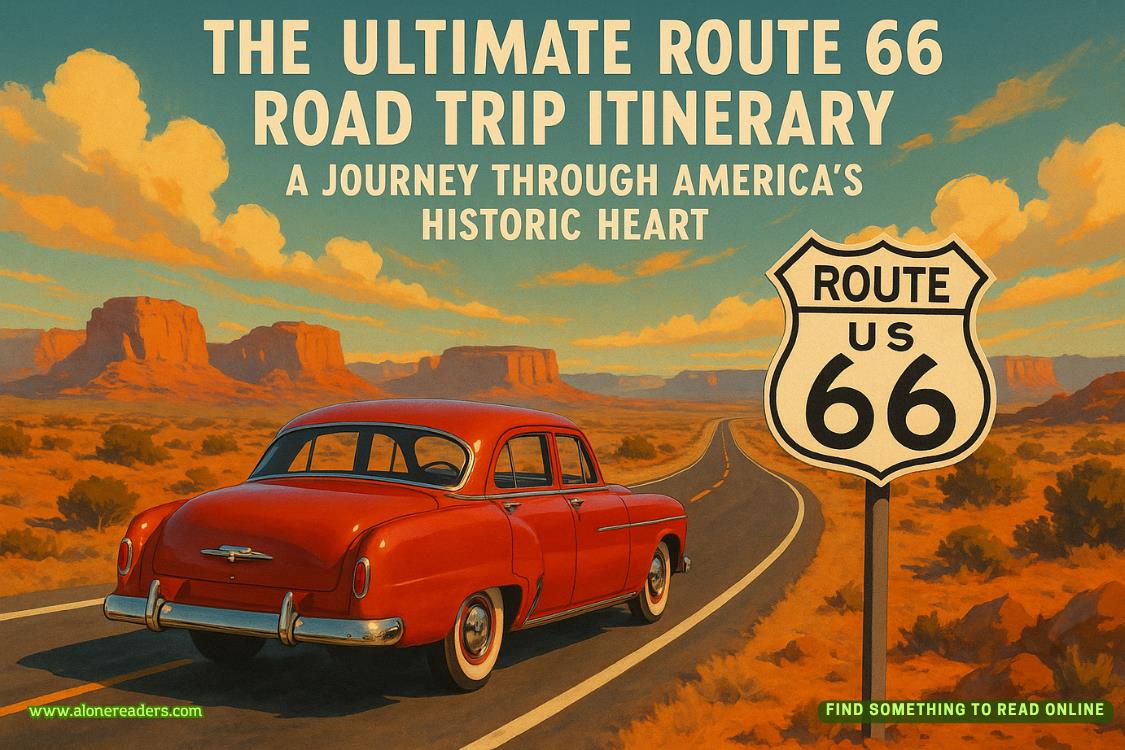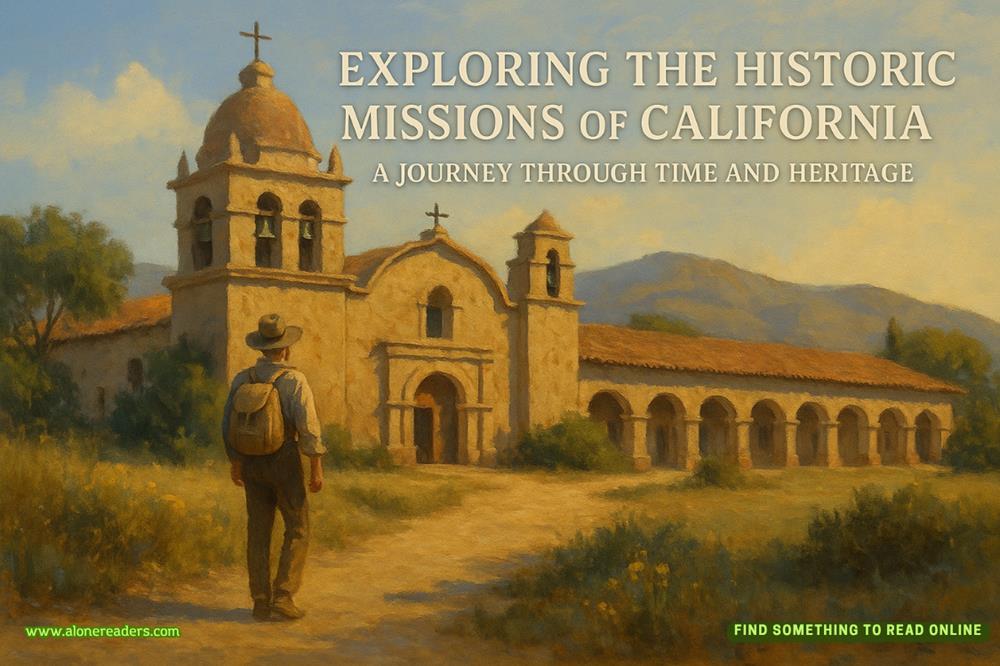Page 6 of A Dress for the Wicked
Chapter Two
ON THE TRAIN,the views outside my window sped by, accompanied by the train’sclick-clacking chorus. They changed from rolling farmlands to clustered factories and, finally, to elegant storefronts. Growing up, I’d heard the refrain “farmers, factories, Fashion House” constantly—it was taught to all the schoolchildren as an easy way to understand how the farmers provided wool and silk threads, the factories turned those into fabric, and the Fashion House designed the styles—but now, seeing each link of the refrain passing by my train window, it was clearer than ever before.
I arrived in Avon-upon-Kynt one day later. I had slept fitfully throughout the trip, my sleep filled with troubled dreams. After slumbering and waking repeatedly, it was hard to tell the time of day. When the train lurched to its final stop, everything felt odd and surreal. The unfamiliar steam-engine fumes hung rank in my nose and seeped into my clothes and hair. My head was heavy and sluggish. I’d spent the past day and a half sitting in a plush train seat and dozing in a comfy bed in the sleepercar, yet my body throbbed, and there were knots in my neck and shoulders. I told myself it was just worry about going someplace new—not homesickness, not so soon.
As I stepped off the train, I discovered I had been deposited inside a cavernous marble building, not outside, as I had initially thought. Dull sunlight filtered in through skylights high above my head, bleaching the marble walls stark white. Voices echoed in the station, rising above the hissing of steam and thuds of trunks being wrangled out of the luggage compartment. It was chilly. Fall came much quicker to the capital city.
I’d kept my carpetbag with me, and I clutched it as I slowly walked through the station. People streamed by me in a flood of colors and textures. They wore the latest fashions: elegant suede coats, headwraps, and black boots with pointed toes. Huge mirrors lined the walls, multiplying everything by two.
Mirrors were as much a part of Avon-upon-Kynt as fashion was. I’d heard the capital city had more mirrors per square foot than any other city in the world because the citizens needed to see their fashions. It was true. People glanced at their reflections as they walked, adjusting their coats and smoothing their hair. Normally I would’ve been enthralled, but I was more alarmed that no one seemed to be waiting for me. Nervously, I glanced from one side to the other and then—
“Ooof!”I ran right into a man. Or, more accurately, his midsection. As his shoes trampled my toes, my carpetbag slipped from my hands and I stumbled, nearly falling onto my backside. “Ouch!”
The man grabbed my shoulder, steadying me. He toweredover me, a striking figure in a black suit with a ruffled black necktie. I was about to apologize when he said, “Watch yourself, girl.”
His annoyed tone seemed to imply it was my fault my toes were burning and bruised from his heavy shoes.
“You stepped on my feet,” I said, unsure if I was more angry or more hurt.
Even though I knew he’d heard me, he continued on his way, disappearing into the crowd without another word. Moving quickly, I picked up my carpetbag and limped over to a wall. I fanned myself with my hand, trying to cool my hot face. This was the city. These people obviously cared more about beautiful clothes than saying “Excuse me.”
The wall I was standing against was covered in canvas. I thought there would be a mirror underneath it, but as wind funneled through the station from the open doors, the canvas lifted and revealed a flash of blue and red. I had other things to focus on—my throbbing feet for one, getting to the Fashion House for another—but I caught the edge of the canvas and peered underneath it.
For a moment, it was hard to make sense of the image because I was so close to it but, as I stared, the shapes started to fit together in a mix of colors and lines.
A woman in eighteenth-century garb stood on a pedestal, cradling a cuttleworm in one hand and stroking the head of a sheep with the other. A banner readingBritannia Secunda Forever: Our Fashion to the Worldswirled over her figure. I recognized her from our currency: Queen Catherine. A century before I was born, just after Britannia Secunda had secured itsindependence from England, Queen Catherine had assumed the throne. According to our stories, Britannia Secunda had been too small to support itself and was on the verge of collapse. Queen Catherine used the remaining reserves to hire explorers to find resources or innovations that we could use to support ourselves. One returned with a cuttleworm—a strange creature that could be raised on the farmlands to spin silk threads. With her exquisite taste and aesthetics, Queen Catherine guided our country to its independence by not only manufacturing the best fabrics in the world, but also by turning them into stunning fashions.
“They are going to paint over it.” I dropped the canvas. A young blond man was standing next to me, staring up at the same wall. “It’s a shame.”
Blue. The word popped into my head. His eyes were bright blue, like a Shy sky in spring. But it wasn’t just his eyes. Tired circles were etched beneath them, forming blue half-moons below his lids. A bluish hue distorted his bottom lip, as if he’d recently been socked in the mouth with a large, clenched fist, and a herringbone-patterned blue scarf was tied tightly around his neck. Something drew me to him—maybe the bruises or his sleepy eyes. I’d always liked things—and people—who were different.
“They are?”
I caught a whiff of his aftershave. A deep, clear scent.
“Yes. It’s an initiative from the Reformists Party.”
The Reformists Parliament Party. That name was often splashed across the newspaper headlines. Every year, Parliament granted the Crown an arts budget. And, every year, theCrown had given a large portion of it to the Fashion House... until now. The Reformists, who formed part of Parliament, had voted to cut the arts budget so they could invest in new factories that would create cheaper fashions to export.
“It’s such a beautiful painting,” I said.
The young man pulled the canvas aside again, so we could both see it. “It is,” he said. “I’ve always liked it, especially how the artist put a hat on the cuttleworm and a dress on the sheep.”
Another gust of wind rushed through the station, catching at the canvas and making it billow like a sail, ruffling the young man’s hair. He laughed and let it go. The sound was cheery, and I couldn’t help but laugh with him. The canvas settled back over the mural, obscuring it once again.
“Are they really going to paint over it?” I asked.
“Yes. And it’s probably just the start. The Parliament appointments are happening this year, and it looks like the Reformists will get the majority over the Classicists for the first time,” he said. “If that happens, they’ll do more than just paint over murals.” He stopped then, hesitating, as though worried he’d bored me.
“I’ve read about that,” I said encouragingly. The same brightness that lit up his eyes spread to the rest of his face. “The Reformists aren’t fans of couture, right? They want cheaper fashions.”
“It’s true,” he said, and paused. “So, are you coming or going?”
“Coming,” I said.
“Good. It’d be a shame if we’d just met and you were off tosomewhere far away.” His smile was easy, relaxed. But those blue eyes of his studied me. Our shoulders were nearly brushing. Had he stepped closer to me at some point? Maybe this was how young men acted in the city. Or had I leaned in toward him without realizing it?
“I’m trying to get to the Fashion House.” There. Safer ground.















